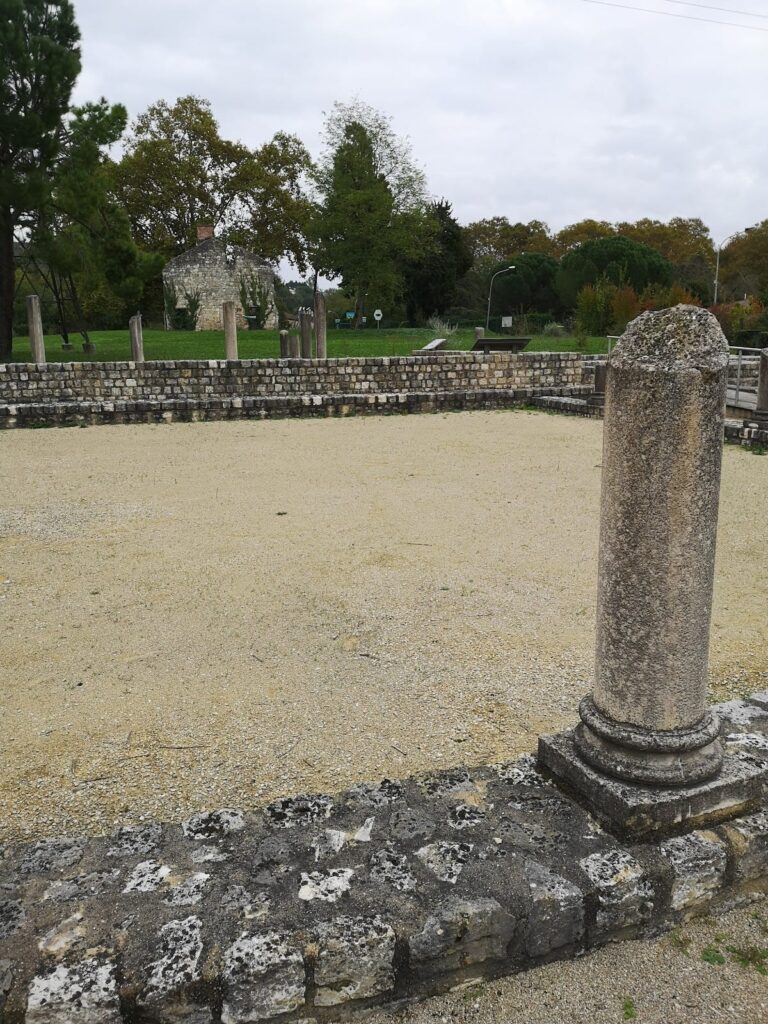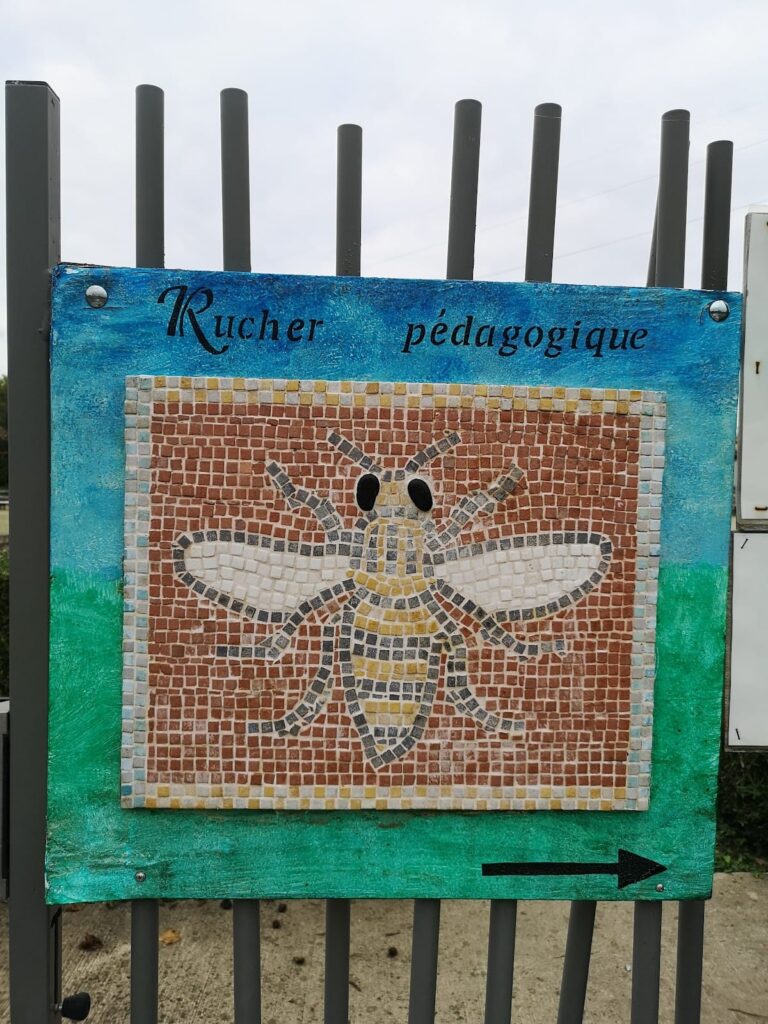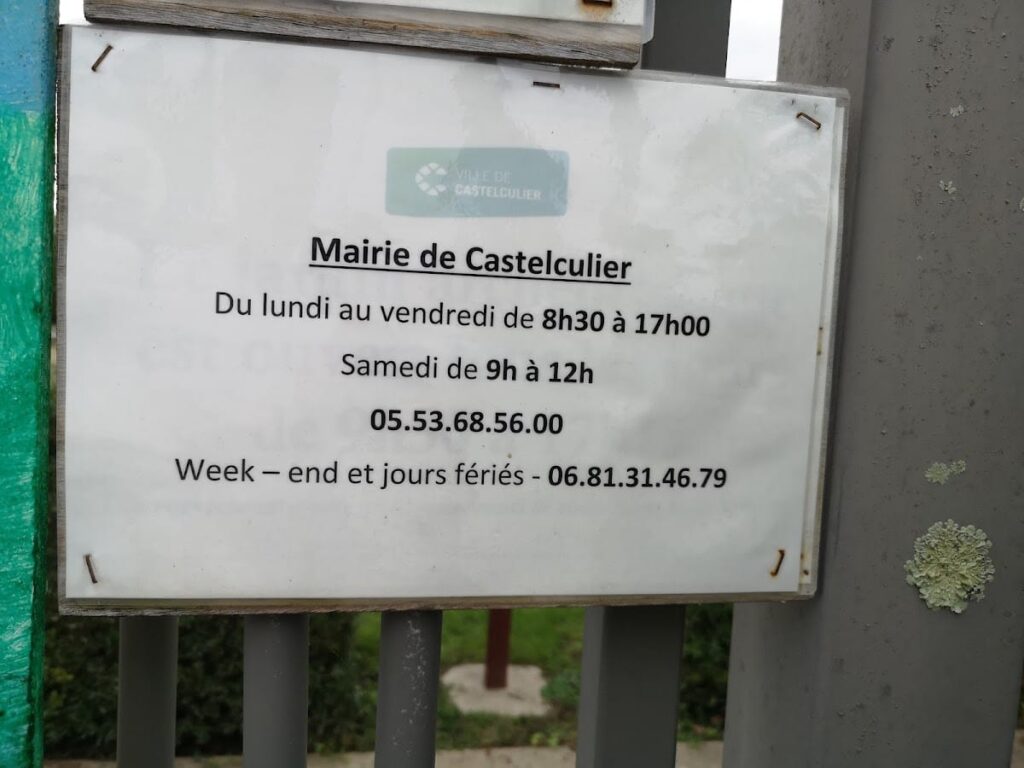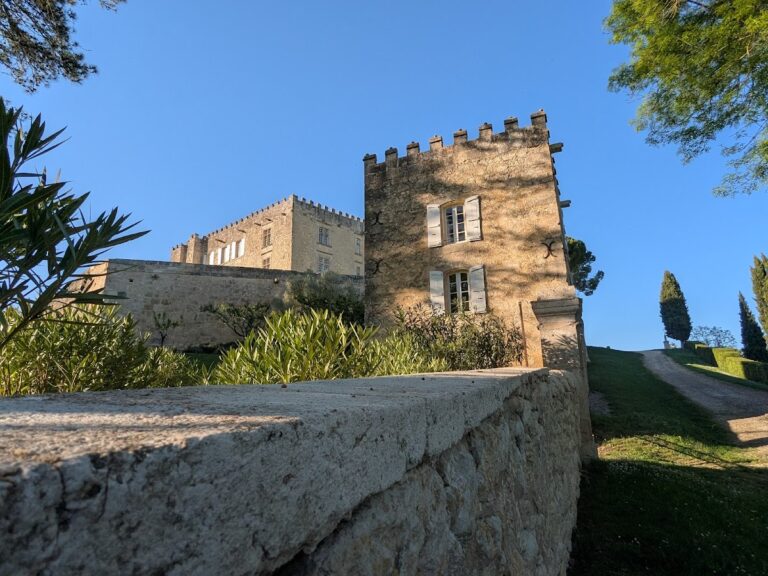Villa Lamarque: A Gallo-Roman Villa in Aquitaine, France
Visitor Information
Popularity: Very Low
Google Maps: View on Google Maps
Country: France
Civilization: Roman
Remains: Domestic
History
The Gallo-Roman villa of Lamarque is situated near Castelculier in the former Roman province of Aquitaine, in what is now southwestern France. It lies about six kilometers southeast of the ancient town of Aginnum. The site began as a Gallic farm in the 1st century BCE before evolving into a Roman rural estate.
From the late 1st century CE, the villa was constructed and expanded, serving as a residence for the local aristocracy. It combined living quarters, agricultural spaces, and facilities for workers. The estate flourished and reached its largest extent in the 4th century CE, covering roughly 1.5 hectares.
Following the decline of Roman authority, the villa remained occupied into the 6th century CE. During this time, parts of the estate were dismantled, including marble columns and statues, which were repurposed to build a lime kiln. Lime produced here was transported by water to Aginnum for sale or construction.
In the early medieval period, a Merovingian tomb was discovered nearby containing a statue of the Roman Emperor Marcus Aurelius. In the 19th century, early archaeological interest identified features such as hypocaust heating systems and mosaics. Later excavations from 1986 to 2000 revealed the villa’s extensive thermal baths.
Local Benedictine scholars in 2014 proposed a connection between the villa and Saint Foy of Agen, suggesting she may have been born in a similar noble Gallo-Roman estate in the region. In the 21st century, the site was renamed Villascopia, inspired by historical figures linked to the villa, including Victorianus, who is credited with creating the thermal baths.
Remains
The villa complex is organized around a residential and thermal sector, known as the pars urbana, with the southwestern wing covering about 3,500 square meters. This area includes a nearly complete set of Roman baths, notable for their exceptional size compared to other villas in Aquitaine.
Construction materials included marble, used for columns and statues that once decorated the estate. Some of these marble elements were later dismantled in the 6th century to build a lime kiln on the site. The kiln produced lime that was transported via waterways to nearby Aginnum.
Heating within the baths was provided by hypocaust systems, an ancient Roman method of underfloor heating identified during 19th-century studies. Decorative features uncovered include mosaics and statuary, such as a headless statue of Minerva found in 1970.
Only a portion of the villa, primarily the thermal complex, has been excavated, but the preservation of these remains allows detailed study of the integration of thermal architecture within a rural estate. The site’s layout reflects the combination of residential comfort, agricultural activity, and worker accommodations typical of aristocratic Roman villas.









